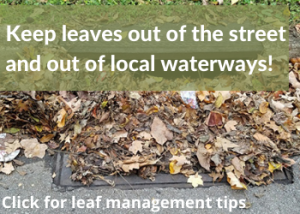What are wetlands?
Wetlands are characterized as areas of soil covered by shallow water that are home to many types of plants and animals. Wetlands are highly variable and include both bodies of water and land. They can be coastal or inland, and natural or man-made. Swamps, marshes, lakes, floodplains, bogs, and rivers can all be included as parts of wetlands.
Importance of wetlands
Wetlands serve as a link between water and land areas. Because of this, wetlands are important parts of watersheds as they can filter out non-point source pollutants and help improve water quality. Wetlands also serve as barriers that withhold flood waters and protect shores from erosion.
Threats to wetlands
The quality and quantity of wetlands are threatened by human activities such as land development and pollution. Habitats to many plants and animals have been damaged by continued development and runoff pollution. Another threat to wetlands is the presence of non-native plants and animals which compete with, and sometimes win against, native plants and animals that benefit the wetlands.
How you can help
Many wetland areas are on private property. If you or somebody you know has a wetland, make sure to take care of it. Avoid using harmful synthetic fertilizers or pesticides in your landscaping, as they can wash away into storm drains and filter out into the wetlands. Protecting these wetlands ensures that you are provided with cleaner, safer drinking water.




